NPL novel reference electrode shows that cathode, not anode, is source of potential decay in PEM water electrolyzers
Green Car Congress
FEBRUARY 21, 2015
Scientists from the National Physical Laboratory (NPL) in the UK have developed a novel reference electrode for polymer electrolyte membrane water electrolyzers (PEMWEs) and used it to measure the electrochemical surface area (ECSA) of Pt catalysts in situ for the first time. Reference electrode configuration. Source: NPL.







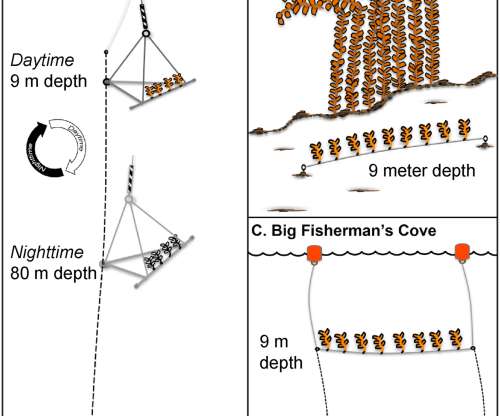
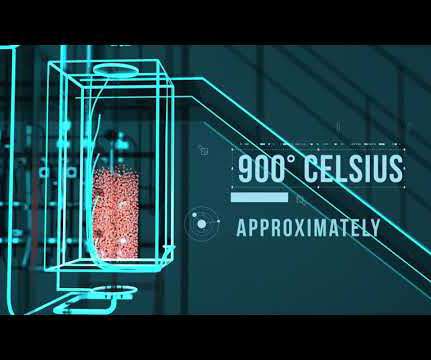


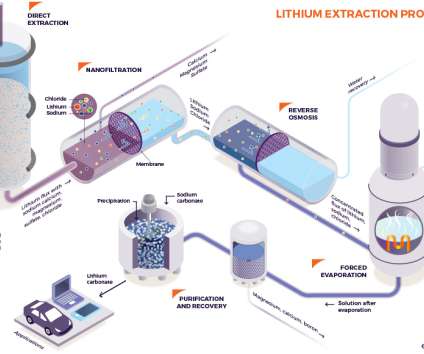



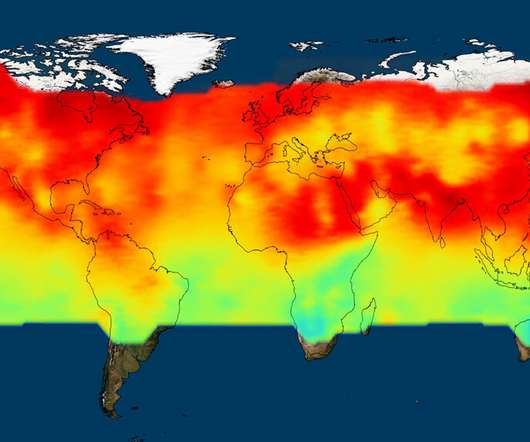

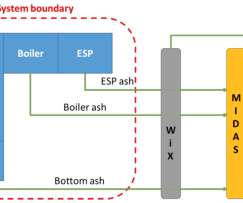





















Let's personalize your content